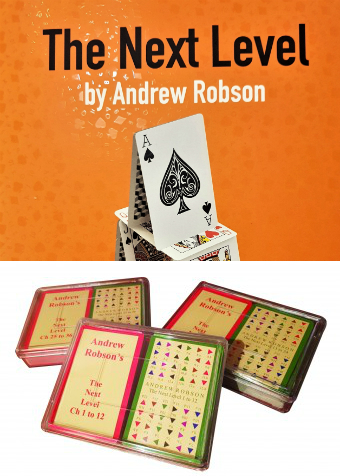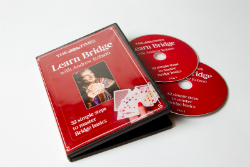
Book a Course
View all the latest courses going on at the bridge club and book yours now...Andrew:
Hand Evaluation - not all points are equal
When you count up your high-card points, you should be aware that points in your long suits are likely to be pulling more weight than points in your short suits.
Contrast these two hands:
| Hand (i) | Hand (ii) |
|
♠ K Q ♥ A J ♦ 9 6 4 2 ♣ 10 8 7 5 3 |
♠ K Q 10 7 3 ♥ A J 9 8 ♦ 4 2 ♣ 6 5 |
Both (i) and (ii) have ten points – indeed they each have precisely one ace, one king, one queen...all the way down to one two. They also have the same 5422 shape. Yet there is a world of difference between the two hands. Having honours in long suits, as in (ii) is far more powerful.
Contrast these two suits:
| Dummy (a) | Dummy (b) | |
| K Q 6 5 4 | 6 5 4 3 2 | |
| Declarer (a) | Declarer (b) | |
| 3 2 | K Q |
In (a) you can lead towards the king and queen. If the ace is sitting on your left, in front of KQ, both will be promoted. In (b) the ace will take one of your honours, wherever it lies. Plus the suit is blocked, making trick-taking all the more awkward.
Back to our original hands. It is hard to see you taking even one bid with (i), unless partner shows a good hand. (ii) is probably worth opening and certainly worth overcalling. All those points in the long suits – lovely.





